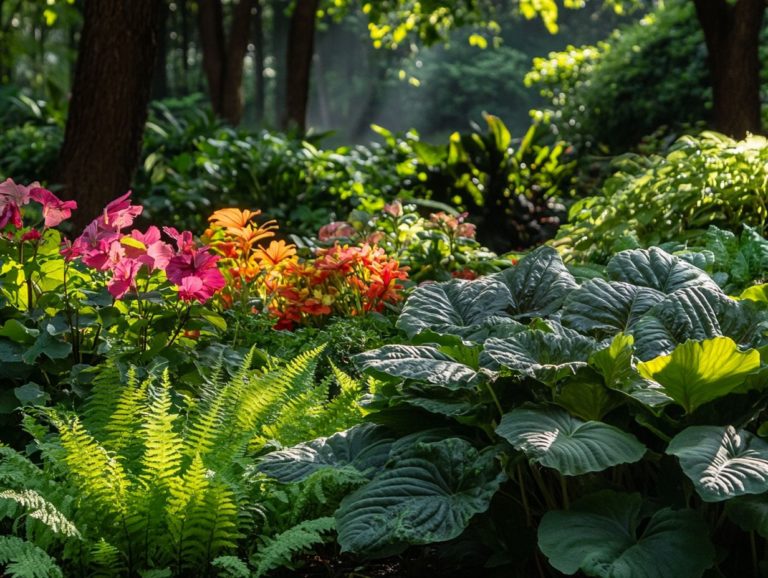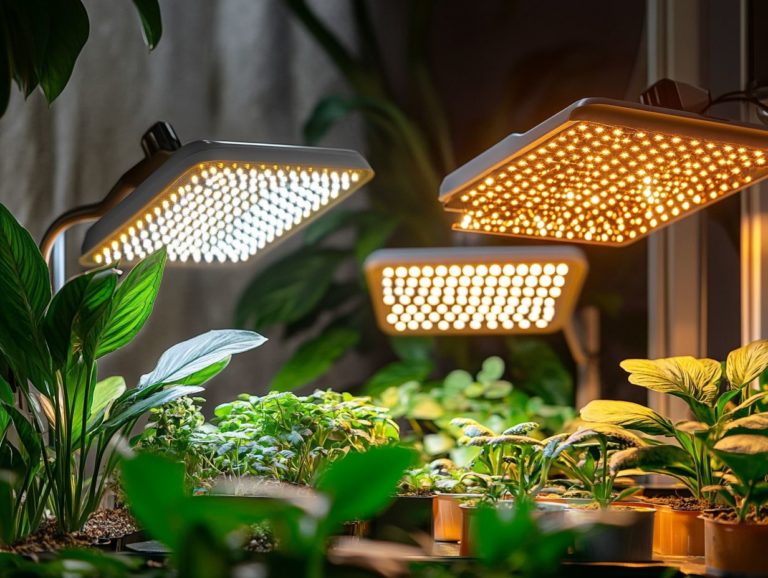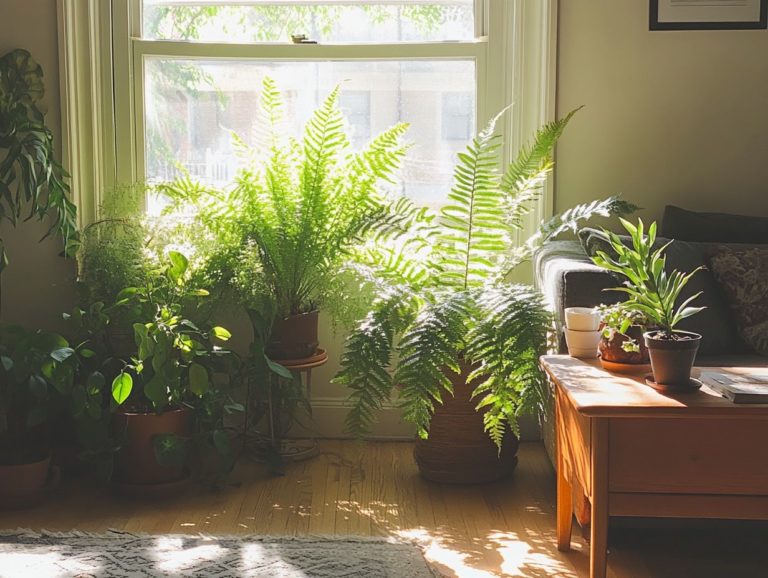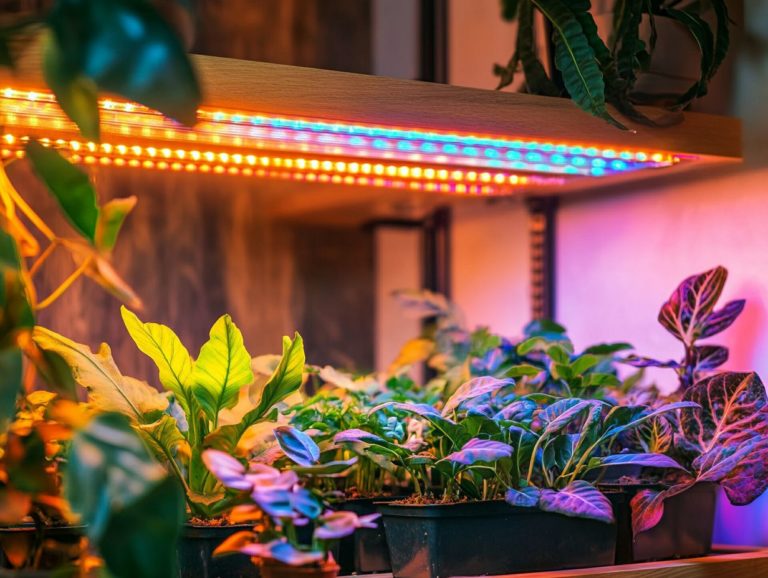Monitor Light Exposure for Healthy Plants
Light is essential for plants, fueling their growth and development in remarkable ways. Recognizing how light impacts plant health can truly elevate your gardening skills. Whether you’re just starting out or have years of experience under your belt, understanding lighting is key.
Let s explore why light is a game-changer for your plants! This guide will cover the critical role light plays, how to spot signs of light deprivation, and effective strategies for optimizing light exposure. We will also look at the specific light needs of various plant species, ensuring your greenery thrives in any environment.
Contents
Key Takeaways:
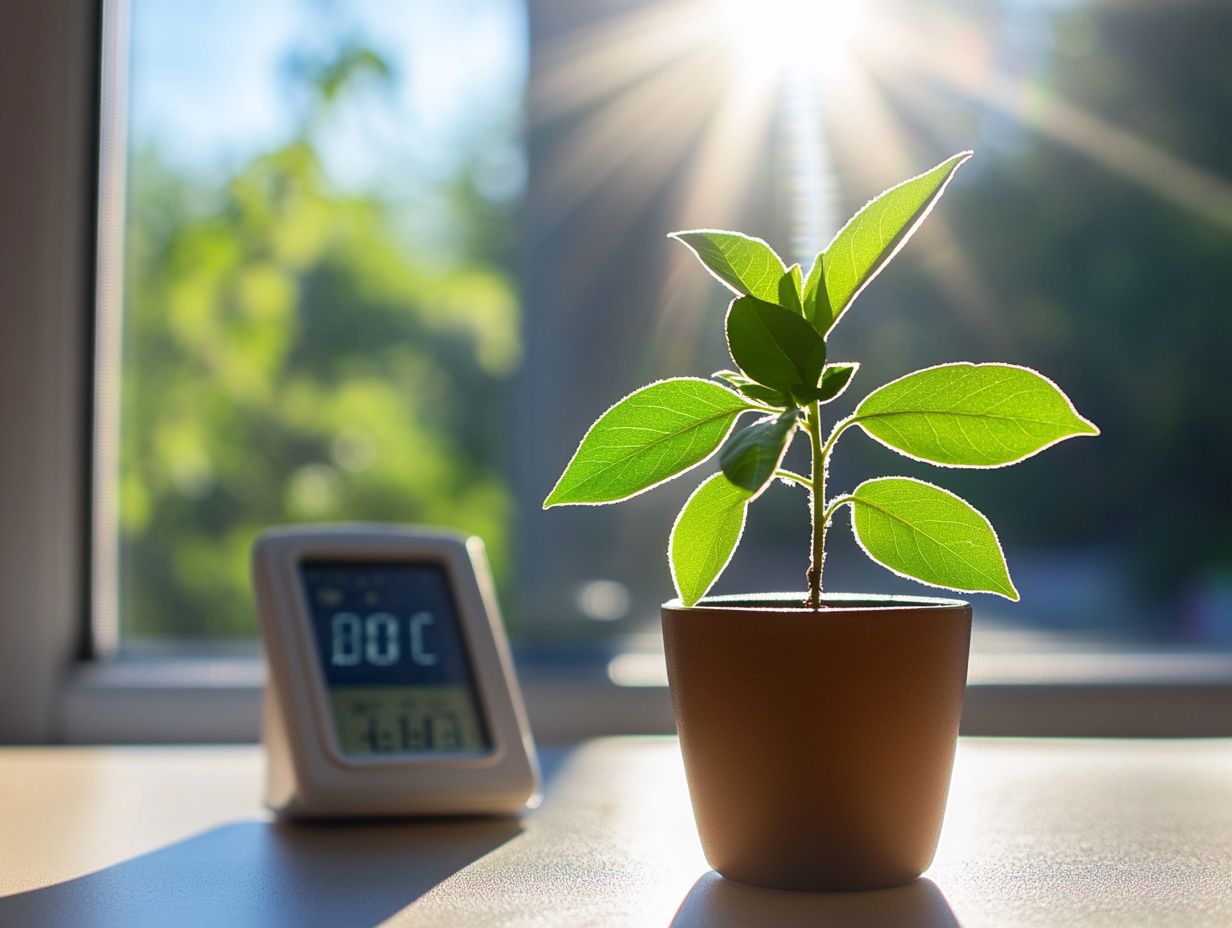
- Adequate light exposure is crucial for healthy plant growth and development.
- Signs of light deprivation, such as pale or spindly growth, can be identified and addressed by increasing light exposure.
- Monitoring light levels and implementing strategies, such as proper placement and using reflective surfaces, can help maximize light for optimal plant growth.
The Importance of Light for Plant Growth
Light is crucial for plant growth, serving as the primary energy source that powers the process plants use to make food using sunlight. In indoor gardening, understanding the significance of proper lighting solutions like LED grow lights and high-intensity discharge lights is vital for achieving optimal growth.
You can accurately measure and monitor light intensity using light meters and smart plant sensors. This helps create the perfect environment for a variety of plant types, ensuring their health and vitality. You can elevate your gardening by managing light exposure and distribution effectively.
How Light Affects Plant Development
Light intensity and spectrum play key roles in shaping plant development, as they directly impact the rate of photosynthesis and overall growth.
Different wavelengths of light serve unique purposes. For example, blue light supports leafy growth in varieties like lettuce and spinach, while red light is crucial for flowering in plants such as tomatoes and strawberries. The balance of these wavelengths can vary significantly among plant species; some, like orchids, thrive only under specific light conditions.
Understanding how some plants need specific day lengths to bloom highlights the importance of photoperiodism. This intricate relationship between light and plant biology influences how diverse flora adapt to their surroundings, making the exploration of light’s impact crucial for successful horticulture.
Signs of Light Deprivation in Plants
Recognizing the signs of light deprivation in your plants is crucial for their health and vitality. Insufficient light exposure can lead to stunted growth and hinder the process plants use to make food using sunlight.
Identifying and Addressing Light Deficiency
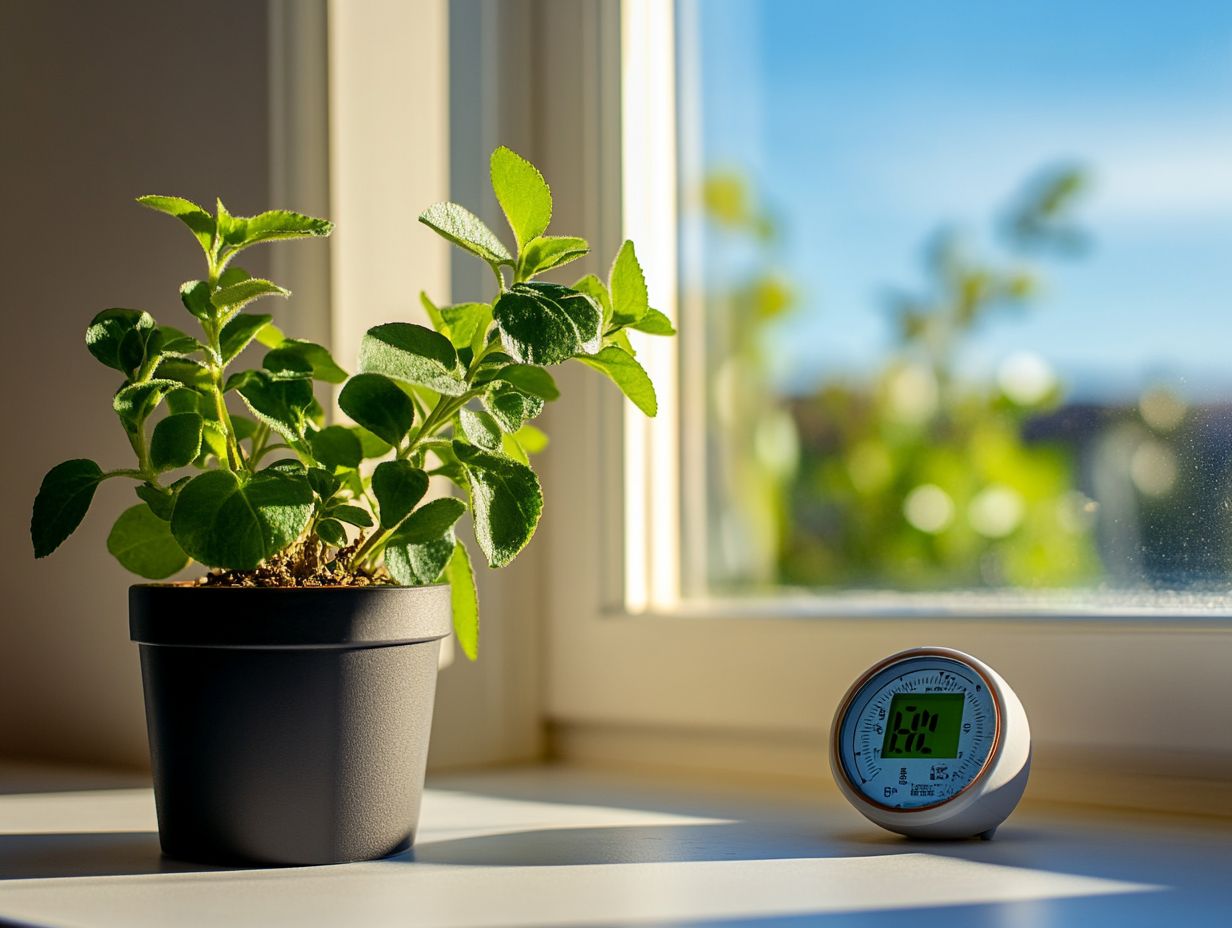
Spotting light deficiency demands careful observation and precise measurements of light intensity. You can easily achieve this with the help of smart gardening tools and specialized apps tailored for plant care.
These devices often include light meters that provide accurate readings of the light hitting your plants’ leaves. This enables you to see where sunlight may be lacking. Many mobile applications allow you to track light levels over time, giving insights into fluctuations throughout the day or across different seasons. For optimal care, consider using smart lights for plant care.
Once you’ve identified light deficiencies, you can make necessary adjustments. This could involve repositioning grow lights or selecting the right bulbs that emit the spectrum needed for photosynthesis. Ensuring even light distribution across your garden setup is essential, so consider using reflective materials to enhance light exposure and nourish your plants effectively.
How to Monitor Light Exposure for Healthy Plants
Monitoring light exposure is essential for cultivating healthy plants. By using advanced light sensors and smart plant sensors with wireless connectivity, you can easily streamline this process.
With these tips, your plants will be thriving in no time!
Tools and Techniques for Tracking Light Levels
Utilizing light meters and smart plant sensors is a sophisticated way to track light levels. These tools enable you to monitor environmental conditions with exceptional accuracy.
These innovative devices do more than just measure light intensity; they provide valuable insights into how various wavelengths influence plant growth and health. For example, light meters are vital for assessing PAR, which measures light used by plants for photosynthesis. This data helps you optimize your plant care.
Smart sensors offer app connectivity for remote monitoring. You can receive real-time notifications, making them perfect for those with busy schedules.
By understanding how these devices function and their features, such as calibration options and data logging, you can customize your care routines. This ensures your plants bask in ideal light exposure throughout their growth cycles.
Maximizing Light for Optimal Plant Growth
Maximizing light exposure is crucial for fostering optimal growth in your plants. Effective gardening techniques can enhance light distribution and help you take full advantage of various types of grow lights.
This approach elevates the health of your plants and transforms your gardening experience into something truly rewarding.
Strategies for Increasing Light Exposure
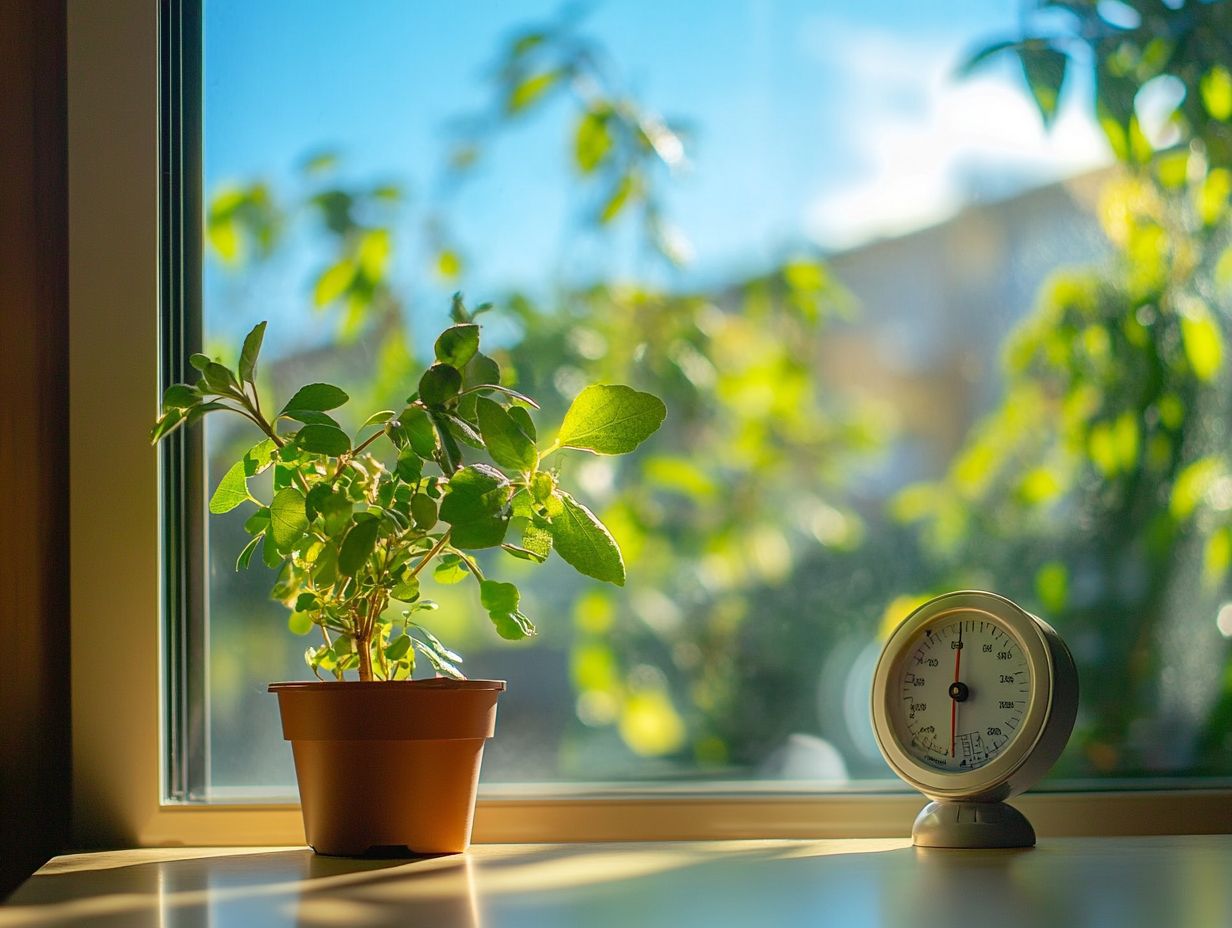
Adopting effective strategies to increase light exposure can significantly enhance your plant growth. Focus on energy efficiency and optimal light duration from your grow lights.
By periodically rotating your plants, you ensure they receive balanced light exposure, essential for uniform growth. Adjusting the height of your grow lights is another key tactic; placing them at the right distance ensures your plants won’t get scorched while enjoying concentrated illumination. Additionally, understanding the importance of monitoring your indoor plants can help you maintain their health and vitality.
Incorporating supplementary light sources, like LED strips or fluorescent tubes, can amplify light intensity during critical growth phases. These methods improve the quality of light your plants receive and maximize energy use.
This creates an ideal environment for flourishing foliage and vibrant blooms.
The Role of Light in Different Types of Plants
The role of light is essential and varies greatly among different types of plants. Every plant has its own unique light requirements, defining the optimal conditions for growth.
Understanding these needs lets you create a thriving plant paradise right now!
Specific Light Requirements for Different Plant Species
Each plant species has its own special light needs, influencing photosynthesis and overall vitality. You can accurately assess these with PAR measurement techniques.
Understanding these light needs is essential, whether you re nurturing succulents that bask in bright light or ferns that thrive in indirect sunlight.
Insufficient light can lead to leggy growth and pale leaves. Conversely, too much exposure can scorch delicate foliage. For instance, the snake plant can handle low light but will suffer in too much direct light.
Flowering plants like sunflowers demand full sun exposure to flourish. Recognizing the right amount of light for each species promotes robust growth and elevates the visual appeal of your garden or indoor oasis.
Frequently Asked Questions
How does light exposure affect the health of plants?
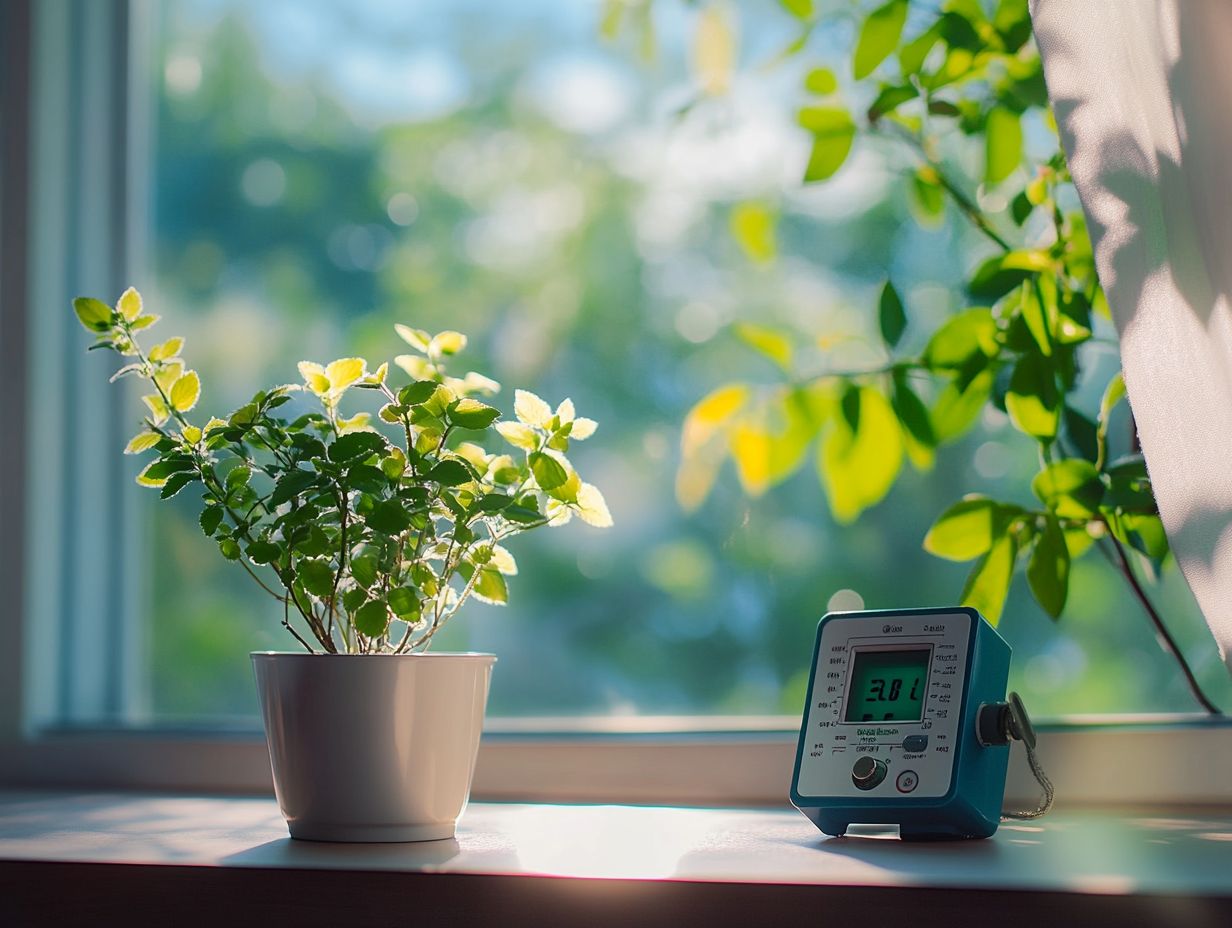
Light exposure is essential for plants to carry out photosynthesis, the process that allows them to produce food. Without enough light, plants may become weak, leggy, and have stunted growth, ultimately affecting their overall health.
If you have more questions or want to share your experiences with light exposure, feel free to reach out!
How can I monitor light exposure for my plants?
You can monitor light exposure using a light meter. This tool measures how much light reaches your plants.
Observe your plants’ growth and appearance regularly. Keep track of how many hours of sunlight they receive each day.
What is the ideal amount of light for healthy plants?
The ideal light exposure varies by plant type. Most plants need 6-8 hours of sunlight daily, while some may need more or less.
Research the specific light needs of your plants for the best results.
Can too much light exposure harm plants?
Yes, excessive light can damage plants. It may cause scorching, yellow or brown spots on leaves, and wilting.
Always provide a balance of light and shade for optimal growth.
What are signs of insufficient light exposure?
Signs include pale or yellow leaves, stunted growth, and a weak appearance. Plants may lean towards light sources if they aren t getting enough.
Can artificial lights help monitor light exposure?
Yes, you can use artificial lights like LED grow lights to help your plants thrive. These lights provide the necessary spectrum for photosynthesis.
Research the specific light requirements of your plants and adjust your artificial lighting accordingly for the best results.


